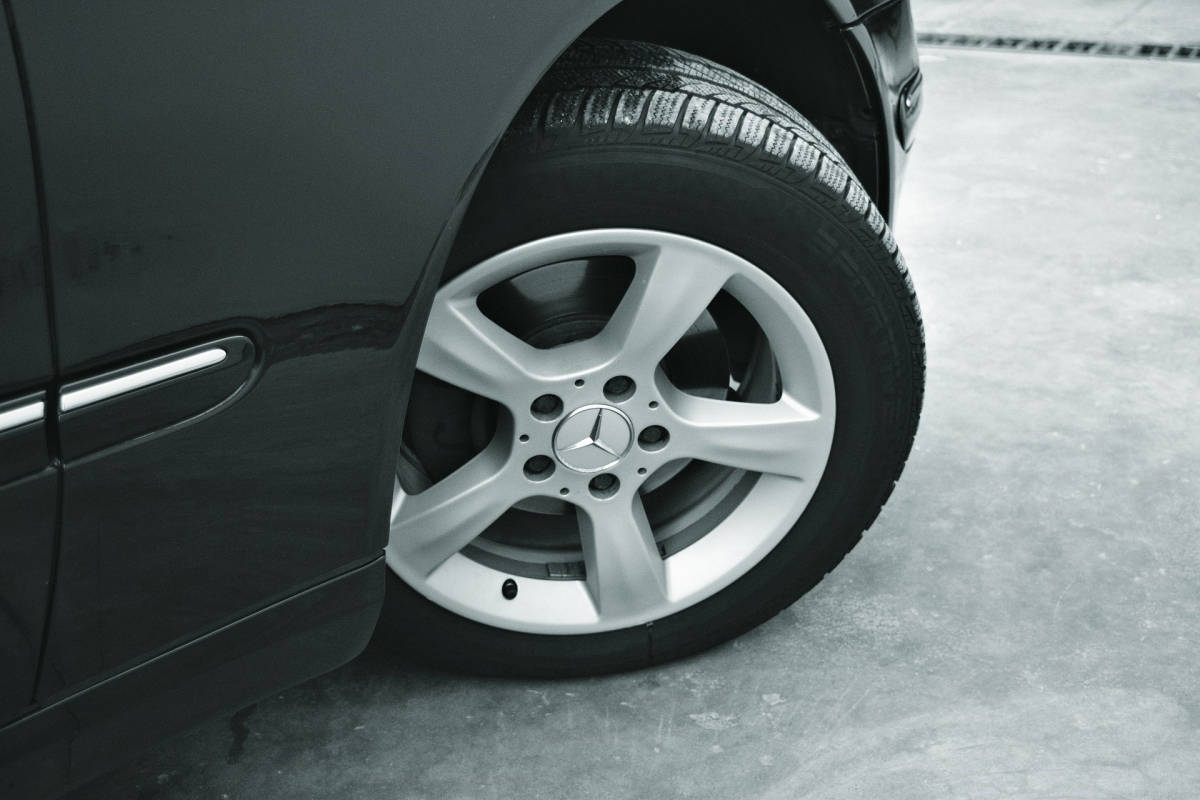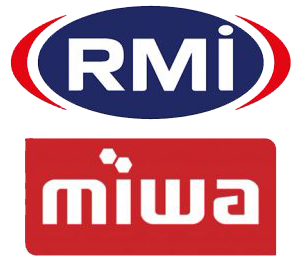Automatic transmissions should be smooth when engaging and when the gear selector is placed into drive it should feel firm. If there is a reluctance for the transmission to engage when in drive there could be a problem. The same is true if the transmission slips or flares during upshift or slips when driving.
The slipping of automatic transmissions can be caused by:
- Low fluid level
- Low internal fluid pressure
- Faulty pressure regulation or control
Low Fluid Level Transmission Slipping
Possibly the most common cause of automatic transmission slipping is also one of the easiest to repair. It is necessary for the torque converter to be filled with fluid in order for engine torque to be conveyed to the transmission system. In order to create the needed pressure that is required to engage the gears, there needs to be an adequate amount of fluid. If the fluid is low you may experience the delay in engaging when the vehicle is first placed into drive or reverse.
To find out if this is the problem it is advised to check the fluid level in the transmission. Should you be unsure how to check this or where the dipstick for your transmission is, you can always consult your vehicles owner’s manual or consult an expert. In order to accurately check the transmission fluid level, you will need to warm up the fluid in the transmission. This would require you to drive your vehicle for a few kilometers to get the fluid warm. In addition to the transmission fluid being warm, it is important to check the fluid level while the vehicle is on and idling with the vehicle in park.
By following the above precautions you will receive an accurate reading. Not following the guidelines can result in readings that are higher than they should be. This is due to the fact that the system drains the transmission fluid back into the transmission pan. This transmission fluid is generally circulating in the transmission and torque converter. To get the transmission fluid circulating is the reason why it is important to have the vehicle on and idling with the vehicle in park.
The fluid naturally should be between the “Full” and the “Add” markings. If the fluid is below the “Add” mark it is important that you slowly add the fluid up to the “Full” mark.
When filling the transmission fluid only add around half a litre at a time. A large number of transmission systems only require around half a litre to bring it from the “Add” mark to the “Full” mark. Check the reading again after the first half a litre of transmission fluid as it is important that you do not overfill the transmission. Overfilling the transmission can lead to fluid leaks and fluid aeration which are both major causes of slipping and shifting problems.
It is important to take special note that the correct type of transmission fluid is used for your vehicle’s transmission. Using the wrong transmission fluid could lead to slipping and shifting problems and there is the possibility that it will seriously damage your transmission.
To find out what transmission fluid is required there are several places to check:
- marked on the dipstick
- marked on the dipstick cap
- marked in the owner’s manual
If the transmission fluid type is not listed in these locations or you cannot find it it is advised to consult an expert to avoid any mistakes.
If the transmission slipping problem persists after the transmission fluid is refilled or if the transmission fluid is fill upon inspection the problem could be one of the following:
- Low internal fluid pressure
- Faulty pressure regulation or control
Low Fluid Pressure Transmission Slipping
In order for an automatic transmission to function correctly there needs to be a certain amount of internal pressure. If this level of internal pressure is not achieved the transmission will not engage and shift as it should. Problems with internal pressure can be caused by worn out pumps or an obstruction in the fluid filter or pickup tube.
If it is a worn out pump there is no option other than rebuilding or replacing the transmission system itself.
An obstruction in the fluid filter or pickup tube is much easier to remedy.
If this is the case the following steps will be taken:
- removing the transmission pan
- draining out the fluid
- replacing the filter with a new one
The transmission pan will need to be properly cleaned before it is remounted on the transmission.
If the changing of the filter and the fluid change do not help with the slipping transmission problem it is vital that an experienced technician is consulted as this will require a thorough diagnosis.

Faulty Pressure Regulation or Control Transmission Slipping
The pressure regulator or the pressure solenoid valves inside automatic transmission unit controls the internal pressure of the transmission system.
The diagnostic procedure used to diagnose this type of transmission problem is as follows:
- a pressure gauge is attached to the transmission
- control pressure readings are taken
- various gear positions are used during control pressure readings
- this is done while the engine is idling
The reading established this way will provide insight into the problems with the transmission. A reading that is lower than normal in multiple gear positions may indicate which circuit is malfunctioning. The best case scenario is that the pressure regulator valve or control solenoid or sensor may have to be replaced. Worst case scenario, and the most common, is that the entire transmission will have to be rebuilt or replaced.
New electronic automatic gearboxes allow for diagnosis of the various transmission control valves, solenoids and sensors through the scan tool. The scan tool is an advanced piece of high-end factory technology that can display all the transmission data PIDs. This tool can also be useful in the diagnosis of torque converter clutch (TCC) problems in vehicles.
With the scan tool an expert technician can see:
- if the clutch is engaged or not
- compare transmission shaft speeds against engine RPM
This transmission data will help to establish whether the torque converter clutch or transmission is slipping.
Automatic Transmission Repair Decisions
Automatic transmission repair and diagnosis of problems are complex and it is difficult for a non-specialist to grasp the transmission system. Experience and expertise will often prompt experts to suggest not to repair the faulty transmission but instead to rebuild or replace it. In these situations, the experts know the repair or replacement would only be a temporary fix.
Cheap fixes don’t happen
Transmission fluid additives and other such “quick fixes” are a waste of money. If the damage has been done it is important to get it fixed before it becomes worse.
You have four options when it comes to rebuilding or replacing transmissions:
- a new transmission
- having your old transmission rebuilt
- replacing your old transmission with a remanufactured transmission
- replacing your old transmission with a used transmission
Consult your technician and they will advise you on the best course of action when it comes to your Slipping Automatic Transmission problems.




